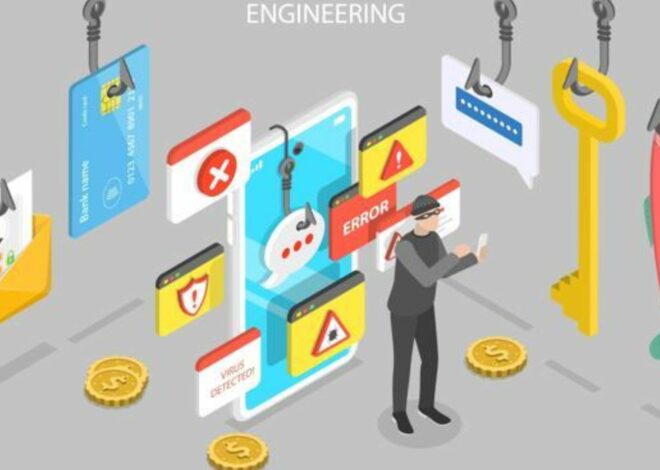
Ransomware Awareness and Education
In an age where our lives are increasingly intertwined with technology, the importance of ransomware awareness and education cannot be overstated. Ransomware attacks continue to surge, posing a significant threat to individuals, businesses, and institutions alike. This article is your comprehensive guide to understanding ransomware, its consequences, and how knowledge can be your best defence.

What You Need To Know About Ransomware?
To effectively defend against ransomware, it’s essential to understand the enemy. Ransomware is a type of malicious software that encrypts files, effectively holding them hostage until a ransom is paid. It’s a digital form of extortion, where cybercriminals demand payment in exchange for a decryption key. The consequences of falling victim to ransomware can be catastrophic, both financially and in terms of reputation.
The Rising Threat
Ransomware isn’t a passing trend; it’s a growing epidemic. To grasp the urgency of ransomware awareness, it’s crucial to examine the alarming statistics and trends highlighting the escalating danger of ransomware attacks.
Ransomware attacks are on the rise, targeting individuals, corporations, and even critical infrastructure. As the frequency and sophistication of these attacks increase, so does the need for raising awareness and educating potential victims.
The High Cost of Ransomware
Paying a ransom doesn’t guarantee the safe return of your data. In many cases, victims pay exorbitant sums only to receive flawed or non-functional decryption keys. The true cost of a ransomware attack can run into millions, making prevention and education invaluable.
Ransomware Targets
Cybercriminals are opportunistic attackers, targeting a wide range of victims. Ransomware attackers aren’t selective; they strike anyone they perceive as vulnerable. From healthcare institutions to schools, local governments to small businesses, the breadth of potential targets is vast.
Ransomware Delivery Methods
Understanding the intricacies of how ransomware infiltrates systems is vital in the ongoing battle to prevent it. Ransomware perpetrators are adept at exploiting various vulnerabilities, and they often employ cunning methods to compromise systems. One of the most common entry points for ransomware is through phishing emails.
Phishing Emails
Cybercriminals craft convincing emails that appear legitimate, often impersonating reputable organizations or individuals. These emails typically contain malicious links or attachments. By clicking on these links or opening attachments, unsuspecting victims inadvertently download ransomware onto their systems.
Malicious Attachments
Ransomware can also be concealed within seemingly harmless file attachments, such as PDFs or Word documents. Once the attachment is opened, the ransomware is unleashed, and files are swiftly encrypted.
Drive-by Downloads
Another method used by ransomware attackers is drive-by downloads, where malicious code is injected into legitimate websites. Visitors to these compromised sites can unwittingly trigger the download and installation of ransomware onto their devices
The Psychological Toll
Beyond the financial repercussions, ransomware attacks inflict psychological harm. Being a victim of ransomware is a harrowing experience that can lead to feelings of violation, helplessness, and anxiety. Education can empower individuals and organizations to cope with the aftermath and seek support when needed.
Ransomware Prevention Strategies
Prevention is undeniably the best defence against ransomware. Implementing robust cybersecurity practices, regular data backups, and employee training can significantly reduce the risk of a successful ransomware attack. Education forms the linchpin of these prevention efforts.
The Role of Ransomware Awareness
Awareness is the cornerstone of prevention. Educating employees, friends, and family members about ransomware threats and prevention is crucial. Awareness campaigns can help people recognize phishing attempts, avoid suspicious downloads, and promptly report potential threats.
Building a Ransomware-Resilient Community
Ransomware is a shared threat, and a united front is the best defence. Communities, both online and offline, can come together to share information, resources, and support. By working together, we can collectively reduce the impact of ransomware attacks and bolster our collective defences.
Conclusion
As we conclude our exploration of ransomware awareness and education, one truth stands out: knowledge is power. By understanding the threat, recognizing the signs, and implementing preventive measures, we can collectively defend against ransomware attacks. It’s time to shine a light on the shadows and empower individuals and organizations to stand strong against digital extortion.


